6 floorcoverings that work really well with underfloor heating – and the ones that should be avoided at all costs
Your choice of flooring will impact the effectiveness of your underfloor heating
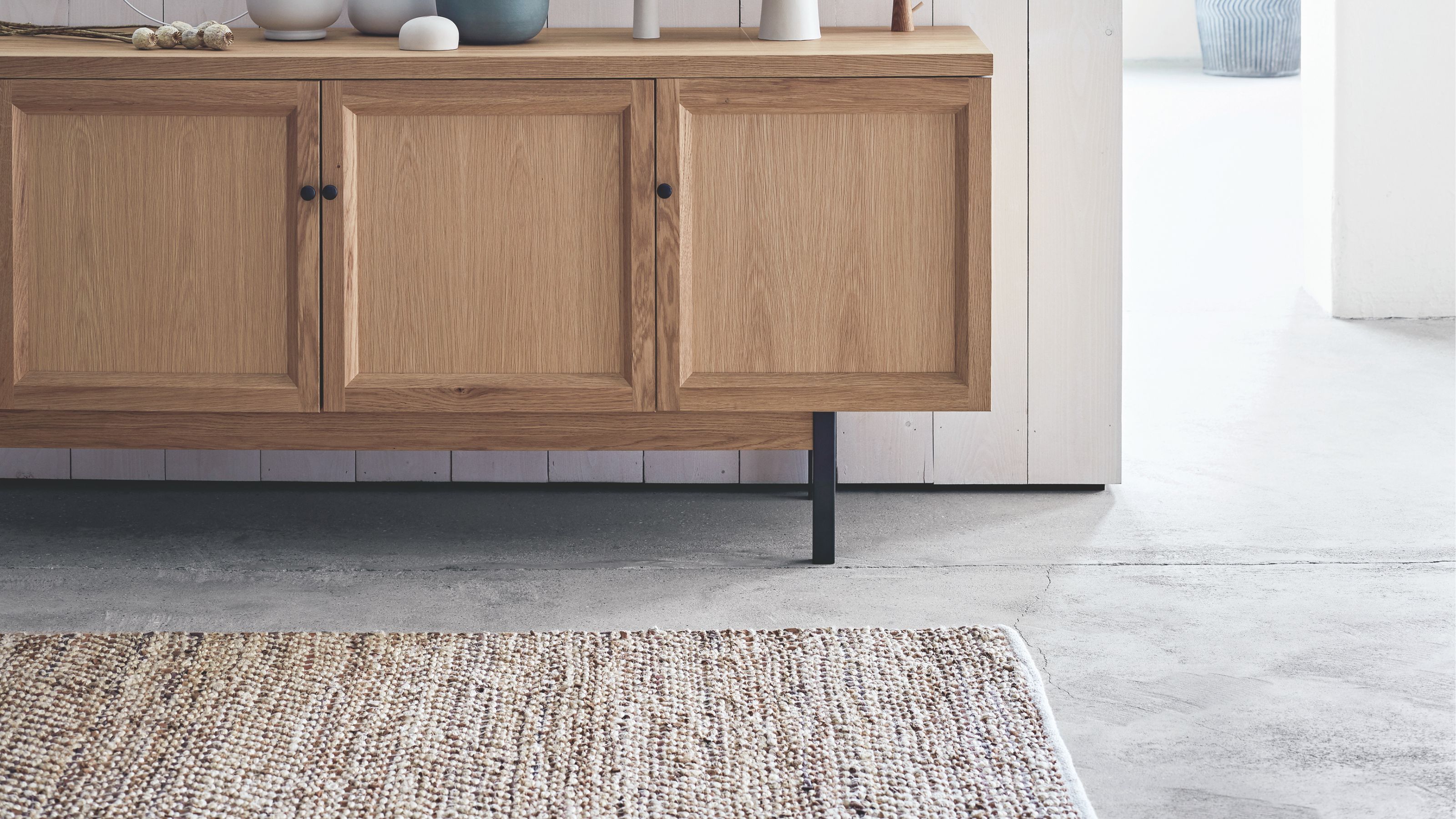

Whether you're extending your home, or undertaking a major renovation, you may be changing up your heating system to work better for your lifestyle and your home.
Underfloor heating is a popular option but, to get the most of it, you need to make sure that it's paired with the right floor covering so that it not only looks good but works effectively, too.
To help, I've spoken to various experts to find out which materials work best with underfloor heating, and which should be avoided altogether.
Which flooring types work well with UFH?
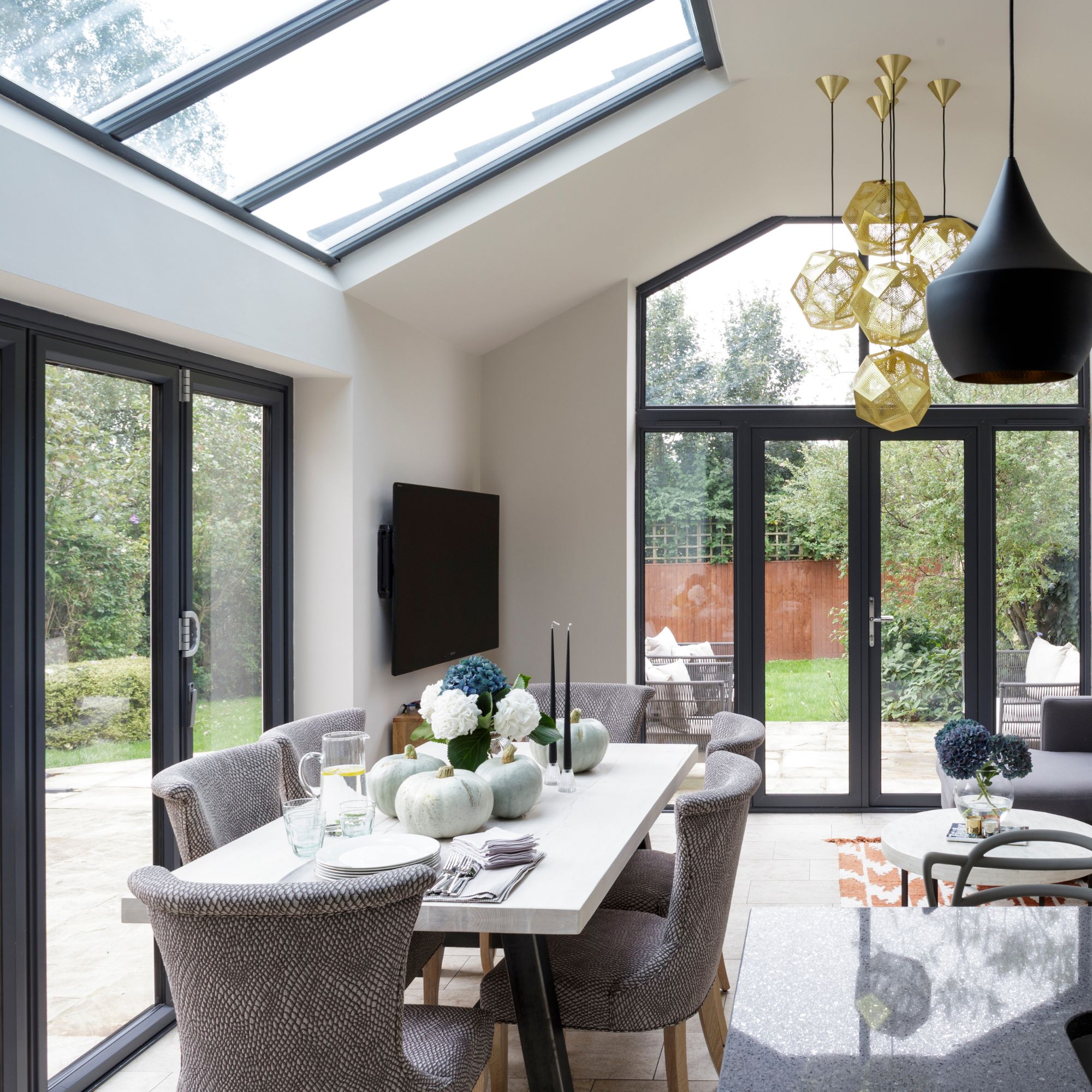
There's a variety of floor coverings that work really well with underfloor heating, so you'll definitely be able to find something suitable. You choice might depend on the look you are trying to achieve, where it's going to be installed, or what fits into your budget after you've factored in the cost of underfloor heating.
But while you have a choice of materials at your disposal, you will need to follow your retailer or installer's specific instructions for how to ensure your flooring acclimatises. This will likely involve bringing the underfloor heating up to temperature slowly and not exceeding maximum temperatures.
- Engineered wood. 'Engineered wood flooring is one of the best materials to use as it’s natural, warm to the touch and a good conductor of heat,' says Anthony Scott, global product and innovation director at Havwoods. 'It’s worth being aware that the different thicknesses of engineered boards available will have an effect on its thermal resistance, which in turn will influence how warm your floors feel in conjunction with the underfloor heating system you install. Always refer to your wood surface specialist and the certification from your under floor heating supplier to ensure the two are compatible.'
- Natural stone, ceramic and porcelain tiles. Tiles like these are a really good choice for use with underfloor heating as they have high thermal conductivity, which will warm your room quickly and efficiently. 'Porcelain offers a slightly quicker heat-up time and is very low maintenance, whereas natural stone retains heat beautifully and brings an individuality that comes from its unique veining and variation,' says Isabel Fernandez, director at Quorn Stone. 'Tiles remain the most effective option, but the installation is just as important as the material itself.'
- Polished concrete. The industrial style of polished concrete holds strong appeal for homeowners, but it can be cold underfoot. Fortunately, it pairs really well with underfloor heating. However, it can crack if it experiences sudden temperature changes, so it's vital that you start slow and increase the UFH temperature a little at a time (about one degree a day). Make sure you check with your installer about any max temperature requirements.
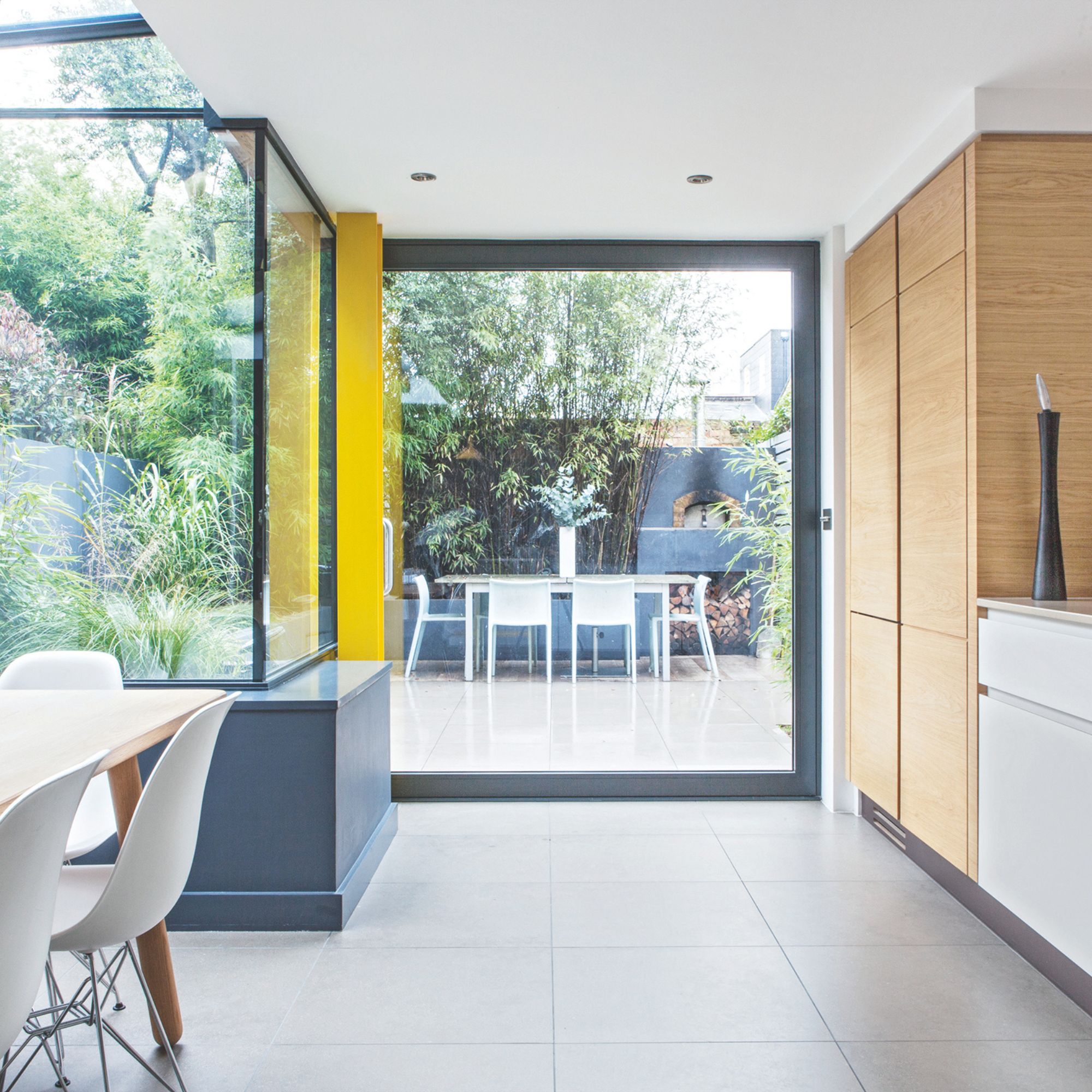
- Luxury Vinyl Tile. Vinyl flooring, including Luxury Vinyl Tile or LVT, can work well with underfloor heating. 'Because it’s thin, dense and dimensionally stable, LVT allows heat to travel efficiently through the floor, helping your home warm up faster and maintain an even temperature throughout,' explains Claire Ryan, PR & digital manager UK at Karndean Designflooring. 'Unlike solid wood, which can expand or contract as temperatures fluctuate, LVT holds its shape beautifully, making it an ideal option for busy, lived-in spaces. It’s also naturally comfortable underfoot, retaining warmth and offering a softer feel than tile.'
- Laminate. Laminate flooring is another suitable option to use with both wet and electric underfloor heating as it doesn't warp at higher temperatures. As with other flooring types, it's a good idea to warm the underfloor heating slowly over a number of days to allow your floorcovering to acclimatise.
- Natural fibre carpets. Whether you can have underfloor heating with carpet is a bit of a complicated question to answer. It is possible, but you need to make sure you choose the right type and TOG of carpet. Natural fibres are a good option, and a rule of thumb to follow is that, in order to work effectively, your choice of carpet should have a TOG rating of 1.5 (or 2.5 when combined with your choice of underlay).
Which flooring types don't work well with underfloor heating?
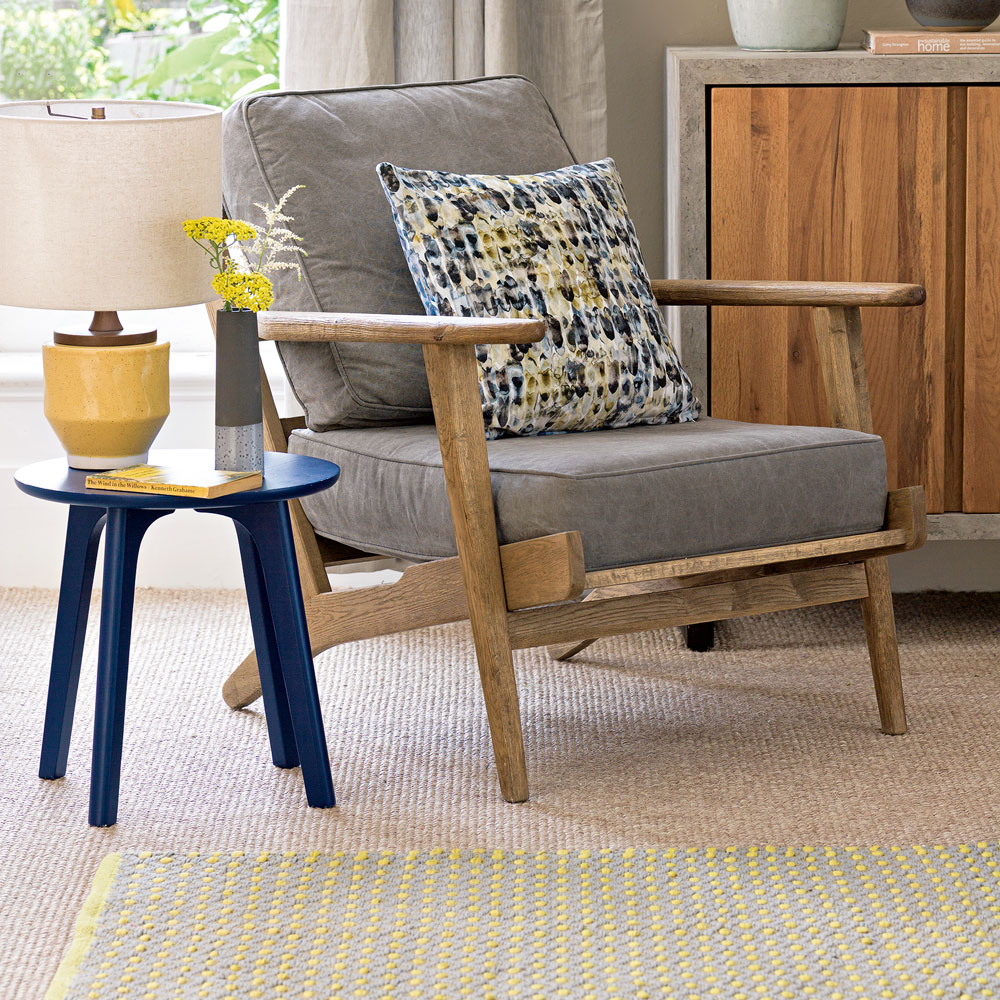
If you want your underfloor heating to be effective, and your floor to stand the test of time, then you'll need to avoid these floorcoverings.
- Solid wood. This material might look great, but it's definitely not an ideal match for underfloor heating. 'Solid hardwood flooring shouldn’t be used with underfloor heating as natural wood can expand and contract with temperature fluctuations,' explains flooring expert Jonathan Bromell from Wood Flooring Kent. 'This can cause significant damage as your flooring may warp and buckle overtime, resulting in gaps between the floorboards.'
- Thick carpet. While certain carpets can work with underfloor heating, thick and heavy yarn carpets should be avoided. 'Thick carpets don't work well with underfloor heating as they are insulators that trap heat underneath them, therefore reducing the effectiveness of the underfloor heating,' says Jonathan. 'Underfloor heating will then have to work harder to heat the flooring, reducing energy efficiency and increasing energy bills.'
FAQs
What's the best flooring to use with underfloor heating?
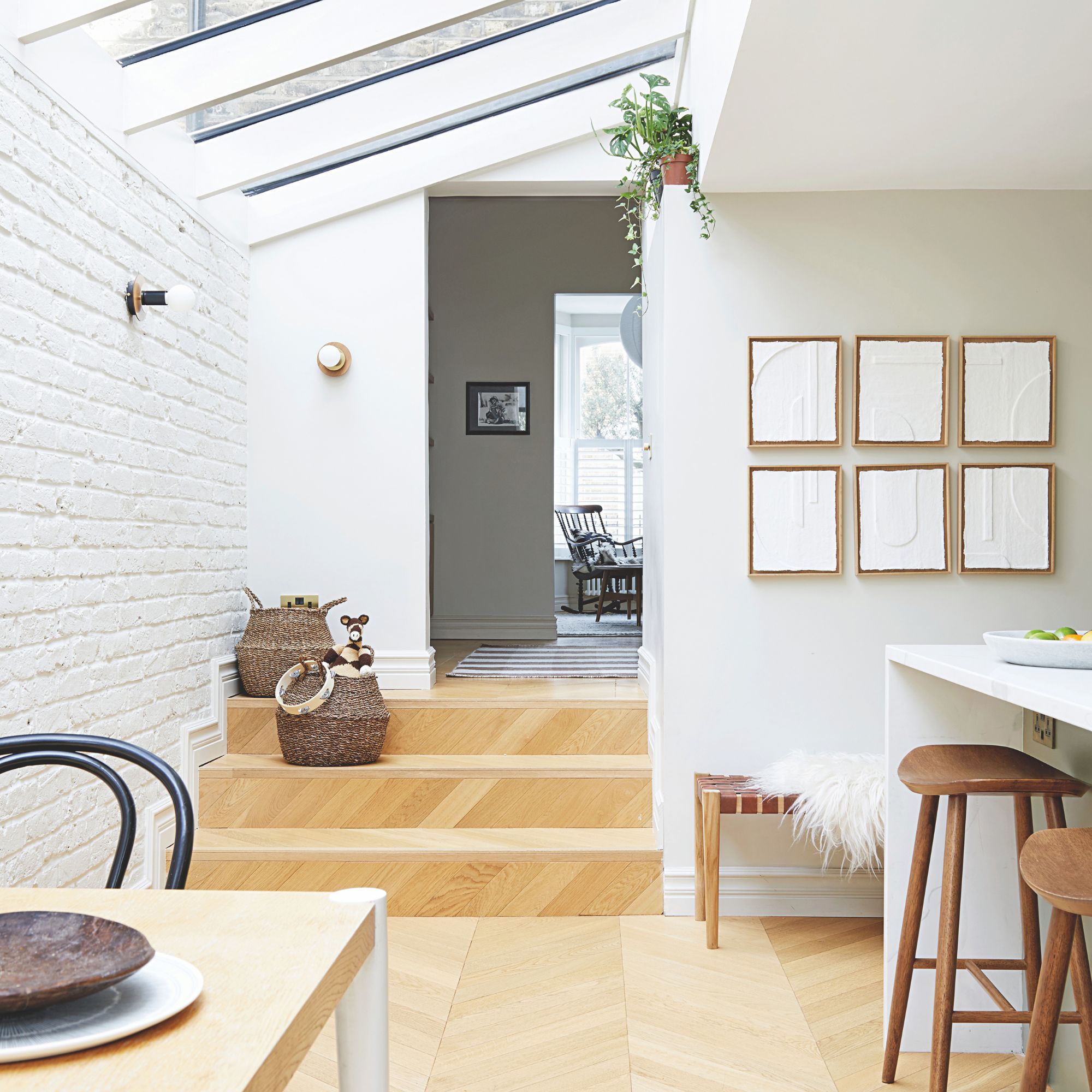
While there are a few different options that work well with underfloor heating, but according to Claire Ryan from Karndean Designflooring, the best results come from materials that allow heat to transfer quickly and evenly without the risk of warping.
Sign up to our newsletter for style inspiration, real homes, project and garden advice and shopping know-how
When it comes to the floor coverings that do this most effectively, flooring experts Jonathan Brommell says it comes down to stone and ceramic tiles or engineered wood.
'Stone and ceramic tiles are the best flooring materials to use for underfloor heating as they efficiently and evenly transfer heat due to their thermal conductivity. Furthermore, they are highly durable and easy to clean which makes them a practical choice in a home,' he says.
'Engineered wood also works well with underfloor heating as it can adapt to changing floor temperatures and moisture content, as well as having good structural stability. Certain types of wood flooring can be affected by higher temperatures due to the moisture resistance of the wood, so it’s advised to not exceed 27ºC when heating wooden flooring.'
Installing underfloor heating is easier in a new space, such as an extension. But if you want to fit it in your existing home, then you'll need to follow our guide as to how to retrofit underfloor heating in an existing property.

Sarah Handley is Ideal Home’s Renovation Editor. She joined the team full time in September 2024, following three years of looking after the site's home finance content. As well as all things renovation, Sarah also looks after our Home Energy content, which covers all aspects of heating and insulation as well as tips on how homeowners can reduce their energy usage. She has been a journalist since 2007 and has worked for a range of titles including Homebuilding & Renovating, Real Homes, GoodtoKnow, The Money Edit and more.
You must confirm your public display name before commenting
Please logout and then login again, you will then be prompted to enter your display name.